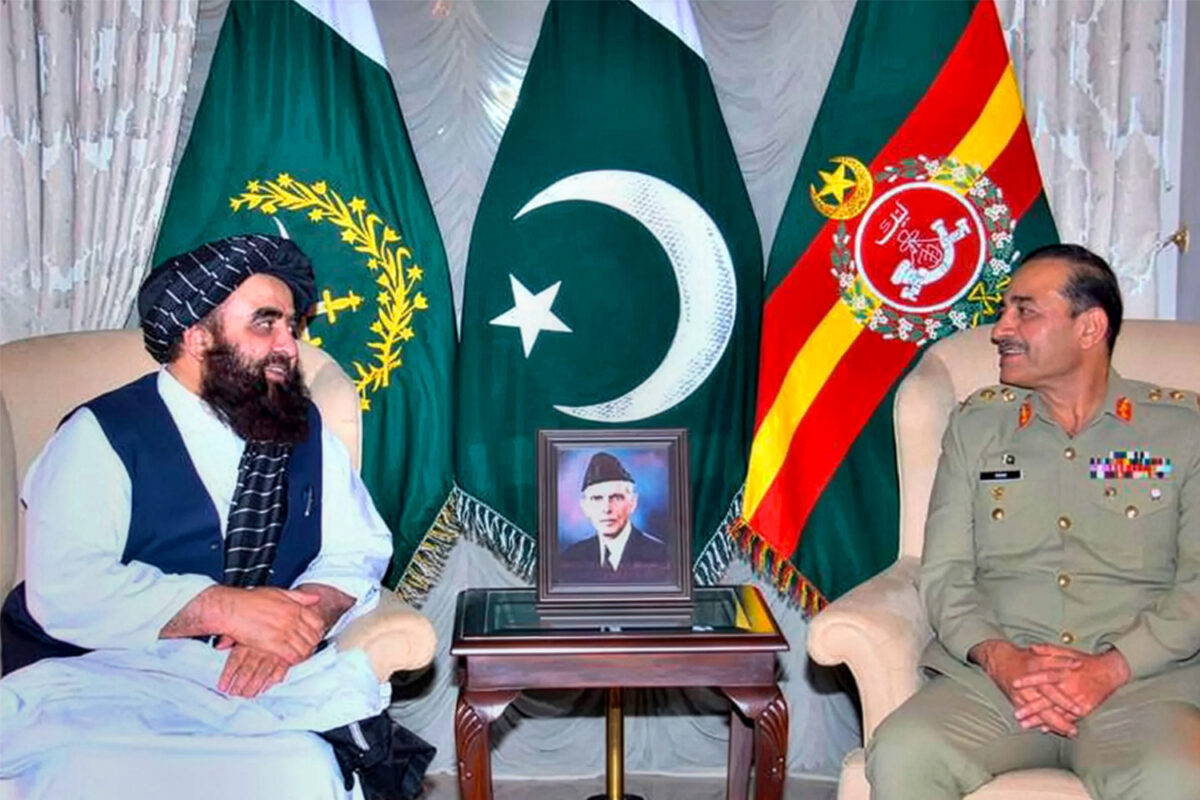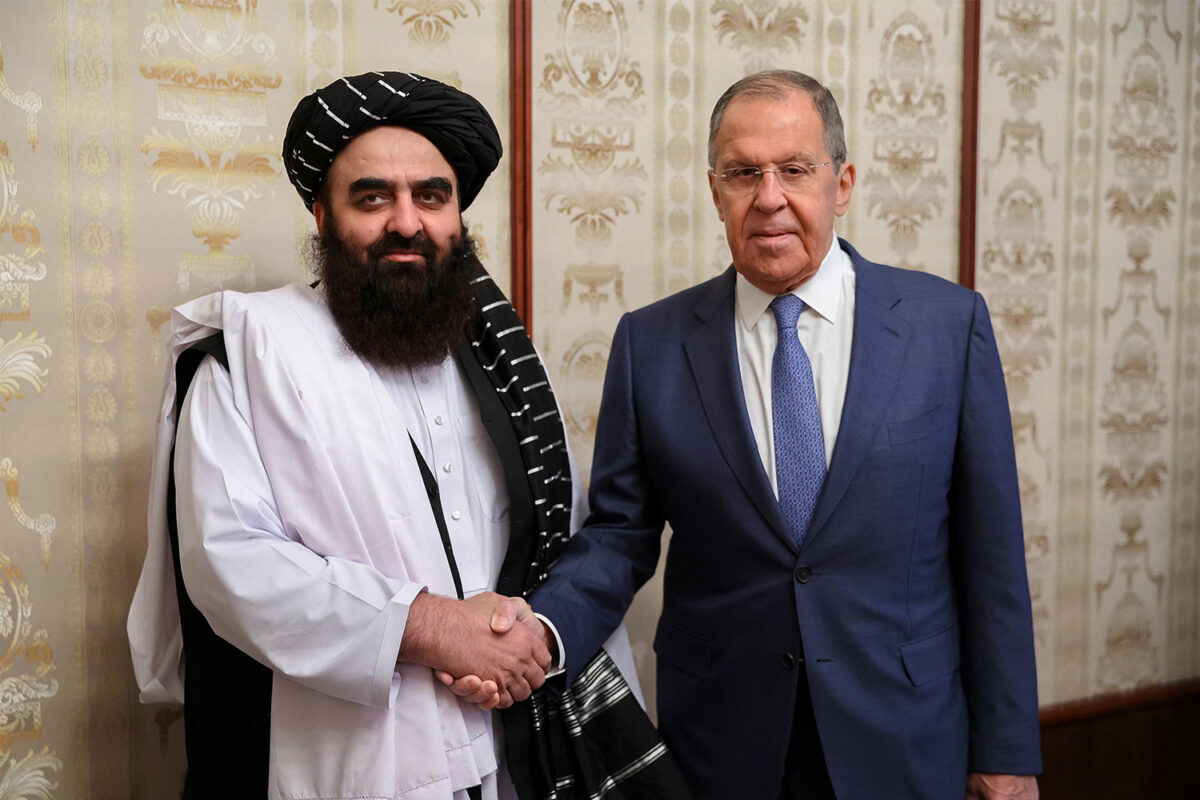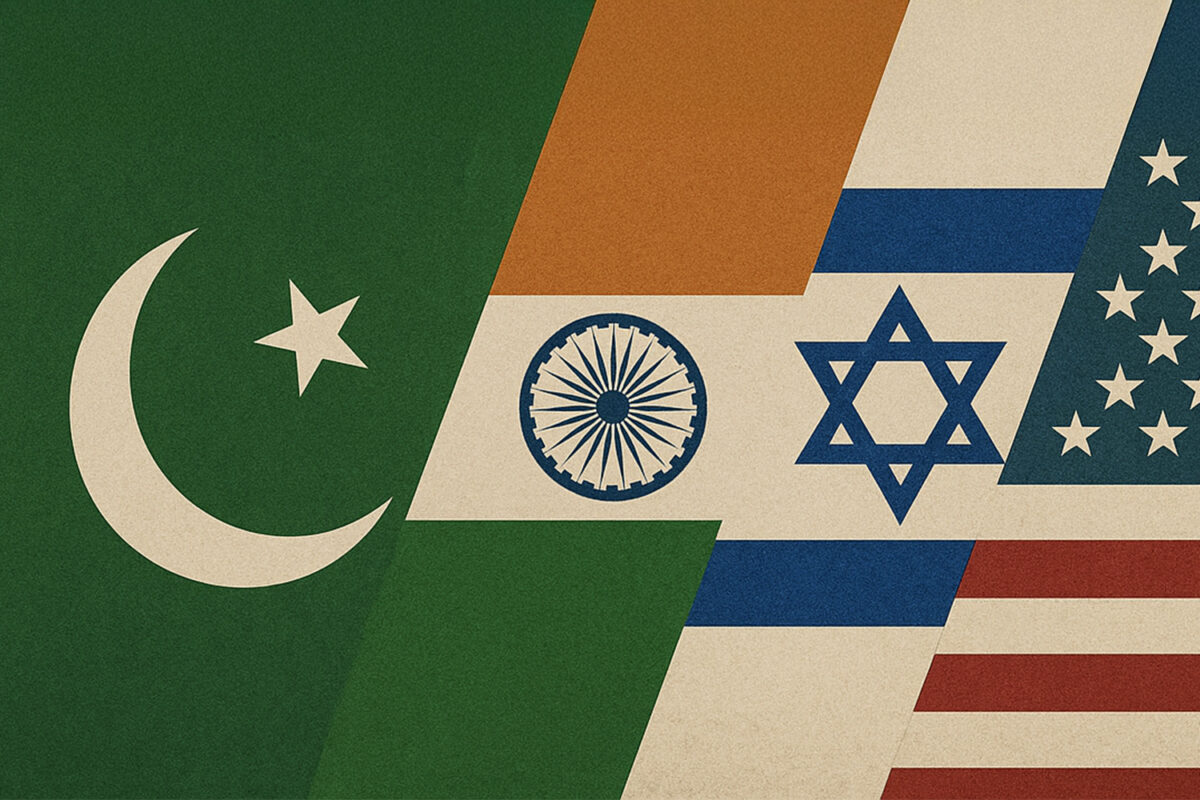In this seven-part series we looked at how the US plans to work with regional nations in order to manage Afghanistan, a strategic piece of real estate at the heart of Eurasia. The US views Pakistan, Iran, India, China and Russia as a means to control the country after having failed to defeat the Taliban. Any hopes of a military victory over the Taliban in Afghanistan have long been abandoned – both by the US and by its hand-picked Afghan-led government in Kabul. Through the regional nations and directly the US has attempted to bend the Taliban into peace talks in the hope of saving face in America’s longest ever war, but success has been notably absent.
Immediately after 9/11, former US President George W. Bush said, “no nation can negotiate with terrorists,”[1] and the invasion of Afghanistan then began. The echo of this notion remained until March 2009, when the newly elected president, Barack Obama, proposed the notion of reaching out to moderate elements of the Afghan Taliban in an interview to the New York Times. America’s attempts to engage the Taliban began soon after Obama took office in 2009.[2] This meant the Obama administration implicitly accepted it could not defeat the Taliban. The US pursued a multifaceted approach in order to weaken the Taliban and ultimately bring it to the negotiating table. The multifaceted approach used different language to describe the status of the various initiatives aimed at engaging with the Taliban. “Reintegration” did not, for instance, include negotiations but designated an attempt to make the Taliban foot soldiers lay down arms by giving them financial incentives to do so. “Negotiations” implies compromise from both sides. The term “reconciliation” covered the national reconciliation process within Afghanistan. “Peace deals” is a term that is mostly applied in the Pakistani context, and involves the Pakistani government on one side and the Pakistani Taliban on the other. These have implied some level of negotiation and agreement between the Taliban and the government, but mostly they have meant short-term ceasefires.
After Obama announced he was open to negotiating with the Taliban, in 2010 the US began supporting initiatives that were aimed at reintegrating Taliban foot soldiers. The early US strategy was to provide financial incentives for the lower-ranking Taliban loyalists and fighters to disarm. Reintegrating Taliban foot soldiers was really a counterinsurgency tactic to undermine the Taliban than part of a genuine peace initiative. Then in 2011 the Eid message of Mullah Omar was interpreted as a window of opportunity to go one step further – Mullah Omar seemed to show openness towards talks.[3] During 2010 and 2011 the US widened its focus from reintegration of foot soldiers to reconciliation with the Taliban leadership. The direct contact between the US and the Taliban began in November 2010 when US officials met Tayyab Agha, a representative of Mullah Omar in Munich. The then secretive talks were brokered by German officials and the Qatari royal family. Subsequently, in 2011 two rounds of preliminary meetings were held in Doha and in Germany before the Taliban’s political office was unofficially established in Doha in January 2012. The preliminary talks were mainly about prisoner exchange; five Guantanamo detainees in exchange for one American soldier, Bowe Bergdahl. Since the US declined, the talks broke down in March 2012. On the one side the US was pushing the agenda to reopen negotiations with the Taliban in order to end the war with some degree of reconciliation on the other side the US was hitting Taliban leaders through its drone campaign.
The Afghanistan–Taliban initiatives began shortly after Hamid Karzai was elected in the 2004 presidential elections. When a former Taliban subcommander of the Paktika province, Mullah Haji Jilani, renounced violence against the government of Afghanistan on August 2005 – probably motivated by the financial incentives involved – the Afghan government’s initiative to reconcile with former Taliban loyalists gained publicity. Sebghatullah Mujadidi, the Al-Azhar educated scholar and leader of a group of mujahideen during the Soviet era, ran the reconciliation initiative named Programme Tahkim-e Solh (PTS), which Jilani joined. However, the PTS largely failed because of corruption among its administrators and the lack of sufficient political support. An attempt was made to revive the initiative in May 2010, when among others a peace assembly, or peace Jirga, of tribal elders and powerbrokers was held to address reconciliation. This initiative also died out without any substantial gains.
When the US invaded Afghanistan back in 2001 part of the Afghan Taliban escaped into Pakistan. The tensions were only reinforced by the emergence of the Pakistani Taliban, namely the Tehrik-e Taliban Pakistan (TTP) in 2007, which declared war on Pakistan’s army and government. The task of securing stability in the face of this internal threat became one of the top priorities of Pakistan, and Pakistan’s efforts on this front have mainly been aimed at reducing the domestic threat level stemming from the TTP. From a strategic perspective, keeping good relations with the Afghan Taliban was seen to be helpful in containing the national threat level in Pakistan. But after much US pressure and with the emergence of General Raheel Sharif the Zarb-e-Azb operation was used as a new step in the effort to bring the Afghan Taliban to the negotiating table by adding military pressure on them. This included moving the military into North Waziristan, which for long acted as a supply line for the Taliban in Afghanistan.
While progress on the peace talks has been slow, it was in July 2015 that the first sets of talks were formally arranged between the Afghan Government and the Afghan Taliban in the Pakistani hill side resort of Murree. The Dawn newspaper highlighted: “The first round of talks brokered by Pakistan between representatives of the Afghan government and the Afghan Taliban concluded Wednesday in Murree, with both parties agreeing to meet again. As part of the commitment to facilitate an Afghan-led and Afghan-owned peace and reconciliation process, Pakistan is hosting a meeting today between the representatives of the Afghan government and the Afghan Taliban,” FO spokesman Qazi Khalilullah said in a short statement early Wednesday. “The representatives from United States and China are attending as observers,” Qazi said earlier.”[4] The second round of talks were postponed due to the leaking of the news about Mullah Omar’s demise.
To date all attempts to negotiate with the Taliban have only held temporarily and have not led to any lasting settlement or peace. The biggest challenge for the US is its operating from a position of weakness. The Taliban control as much territory as they had before the US invasion, the central government in Kabul barely controls its own offices and the Taliban are winning, so there is no need for them to negotiate. This is where the US has brought in the regional nations and other international powers in order to politically isolate the Taliban and bring them to some sort of negotiations which works for the US. The US failed to militarily defeat the Taliban and is now hoping to politically trap them, through the surrounding nations. The world’s superpower has failed to subdue Afghanistan. It should take the bitter lesson from the British Empire and the Soviet Union who ruined themselves trying to conquer Afghanistan
Part 1 – The US Failure in Afghanistan
Part 2 – Managing Afghanistan
Part 3 – The Geopolitics of Afghanistan
Part 4 – Managing Afghanistan Through Pakistan
Part 5 – Managing Afghanistan Through Iran and India
Part 6 – Managing Afghanistan Through China and Russia
Part 7 – Managing Afghanistan Through the Taliban
[1] http://news.bbc.co.uk/1/hi/world/middle_east/1911665.stm
[2] http://www.nytimes.com/2009/03/08/us/politics/08obama.html
[3] https://www.rferl.org/a/deciphering_mullah_omar_message/24316153.html





One comment
Hassan
3rd September 2022 at 5:41 pm
So you are saying TTP and TTA are same? i care to ask, dont u consider TTP as national security threat to pk? What other will u recommend other than zarb e azb to deal with the threat?